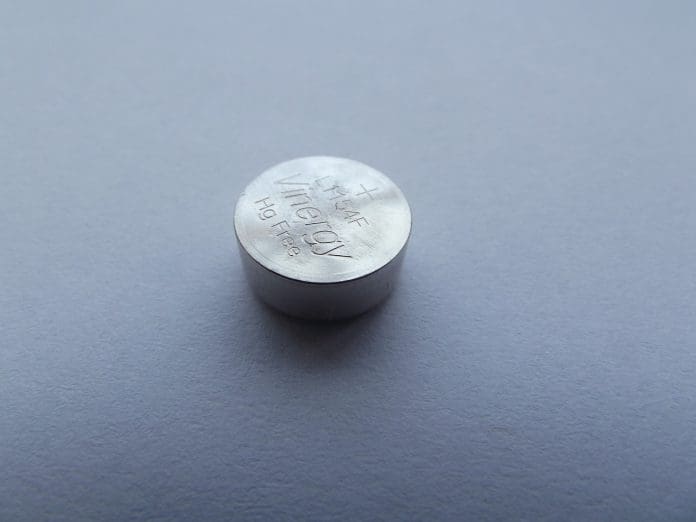This post is also available in:
 עברית (Hebrew)
עברית (Hebrew)
Safer than the flammable traditional lithium batteries that currently fuel our electronic devices and, in the future, capable of powering them for days after only a single charge, rechargeable solid-state lithium batteries are an appealing new technology.
However, this revolutionary piece of tech is not environmentally friendly: most of the battery is non-recyclable, and only the metals within the cathodes can be partially recovered.
This, until a team of Penn State researchers reconfigured the design of these solid-state lithium batteries so that all their components can be easily recycled. Their findings have been published in ACS Energy Letters.
Traditionally, the recycling process of batteries causes most of the core battery components to mix and form a “black mass,” according to the researchers. This black mass makes separating out the materials within the batteries difficult, and thus unrecyclable. In solid-state batteries, the solid electrolytes become intermixed with the black mass, which compounds this issue.
In order to resolve this, researchers inserted two polymer layers at the interfaces between the electrode and the electrolyte in a coin cell battery to facilitate the easier separation of these components from other metal components during the recycling process
“We proposed that by dissolving the polymer layer during the recycling process, you can easily separate the electrode from the electrolyte,” said Yi-Chen Lan, doctoral student in chemical engineering and first author on the paper, according to TechXplore. “Without the polymer layer separating them, you would have the electrode and electrolyte mixed together, which makes them hard to recycle.”
After successfully separating the components, the researchers created a composite by cold sintering the recovered metals and electrodes. Cold sintering involves combining powder-based materials into dense forms at low temperatures under applied pressure, typically using solvents.
“We used cold sintering to combine the recovered electrodes with recovered composite solid electrolyte powders, then reconstructed the battery with the polymer layers added,” said Po-Hao Lai, a doctoral student in chemical engineering and co-author on the paper. “This enables us to recycle the whole battery, which we are then able to recycle again after its use.”
After testing the reconstructed battery’s performance, they found it achieved between 92.5% and 93.8% of its original discharge capacity.
“While the commercialization of all-solid-state lithium batteries is still in its early stages, our work provides important insights and ideas for designing recyclable versions of these batteries,” Lan said. “While we’re not quite there yet, the long-term goal is to apply this innovation to larger batteries that could be used in devices like cell phones and laptops, once all-solid-state technology becomes more prevalent.”


























